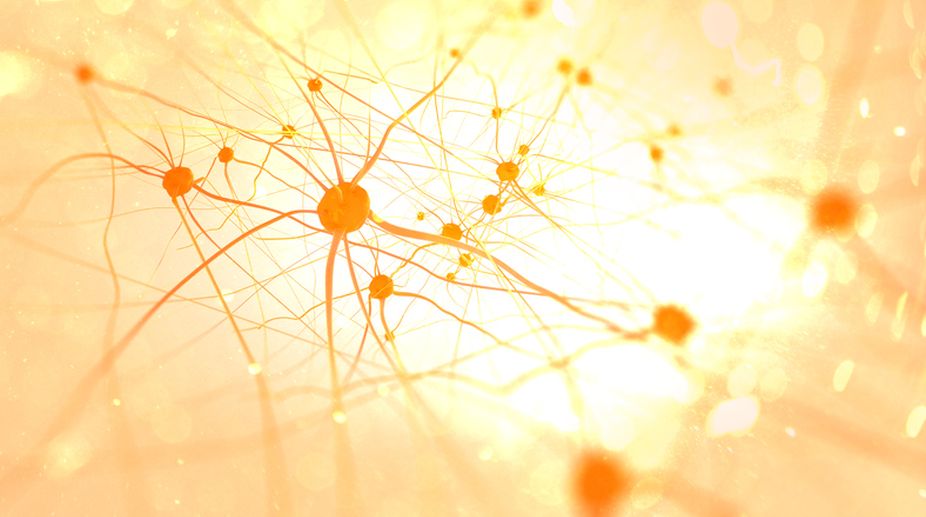HIV positive UTP entitled to live with dignity, says Orissa HC
Earlier a lower court had rejected his bail application. The UTP had later moved the High Court annexing HIV profile medical documents and sought for regular treatment and monitoring.

(Getty Images)
Researchers have identified a new type of cells in the body where HIV persists despite treatment, revealing a novel target for developing therapeutic intervention.
HIV cure research to date has focused on clearing the virus from T cells, a type of white blood cell that is an essential part of the immune system.
The new research, published in the journal Nature Medicine, showed that the virus can persist in HIV-infected macrophages.
Advertisement
Macrophages are large white blood cells found in tissues throughout the body including the liver, lung, bone marrow and brain.
"These results are paradigm changing because they demonstrate that cells other than T cells can serve as a reservoir for HIV," said lead author Jenna Honeycutt from University of North Carolina School of Medicine in the US.
"The fact that HIV-infected macrophages can persist means that any possible therapeutic intervention to eradicate HIV might have to target two very different types of cells," Honeycutt said.
Macrophages are myeloid lineage cells that have been implicated in HIV pathogenesis and in the trafficking of virus into the brain.
For the experiment, the researchers used a humanised myeloid-only mouse (MoM) model devoid of T cells.
"This is the first report demonstrating that tissue macrophages can be infected and that they respond to antiretroviral therapy," Honeycutt said.
"In addition, we show that productively infected macrophages can persist despite ART (antiretroviral therapy); and most importantly, that they can reinitiate and sustain infection upon therapy interruption even in the absence of T cells — the major target of HIV infection," Honeycutt added.
The rsearchers said they next want to find out where in the body persistently infected macrophages reside during HIV treatment and how macrophages respond to possible therapeutic interventions aimed at eradicating HIV from the body.
Advertisement